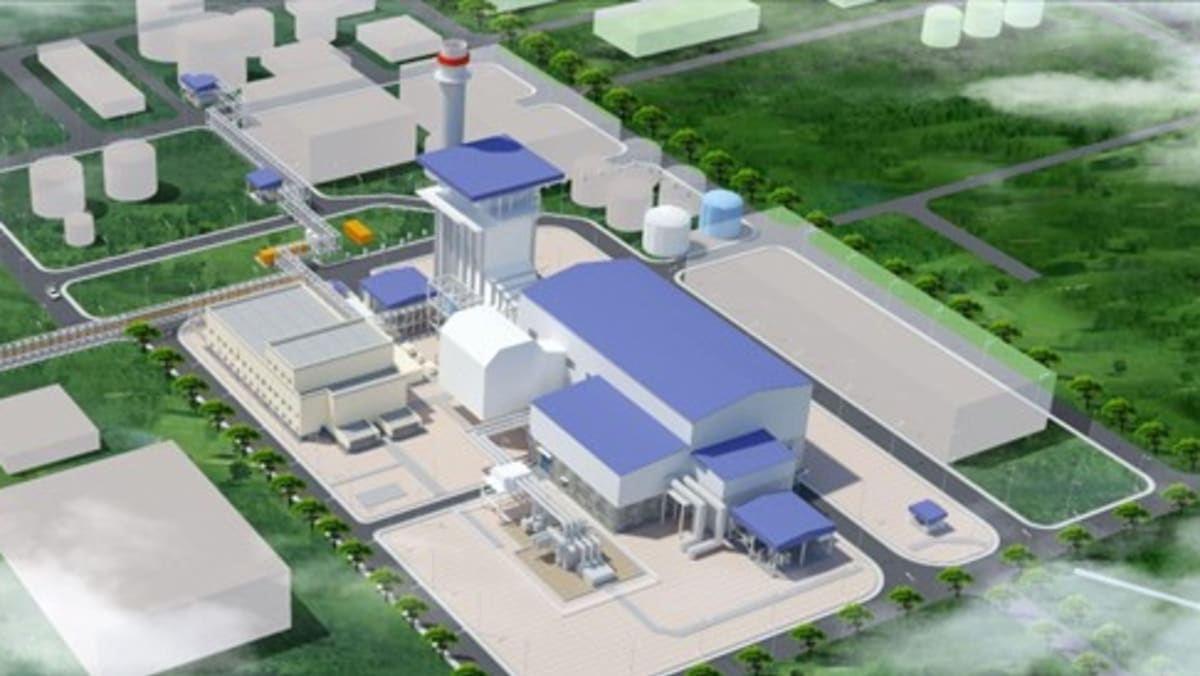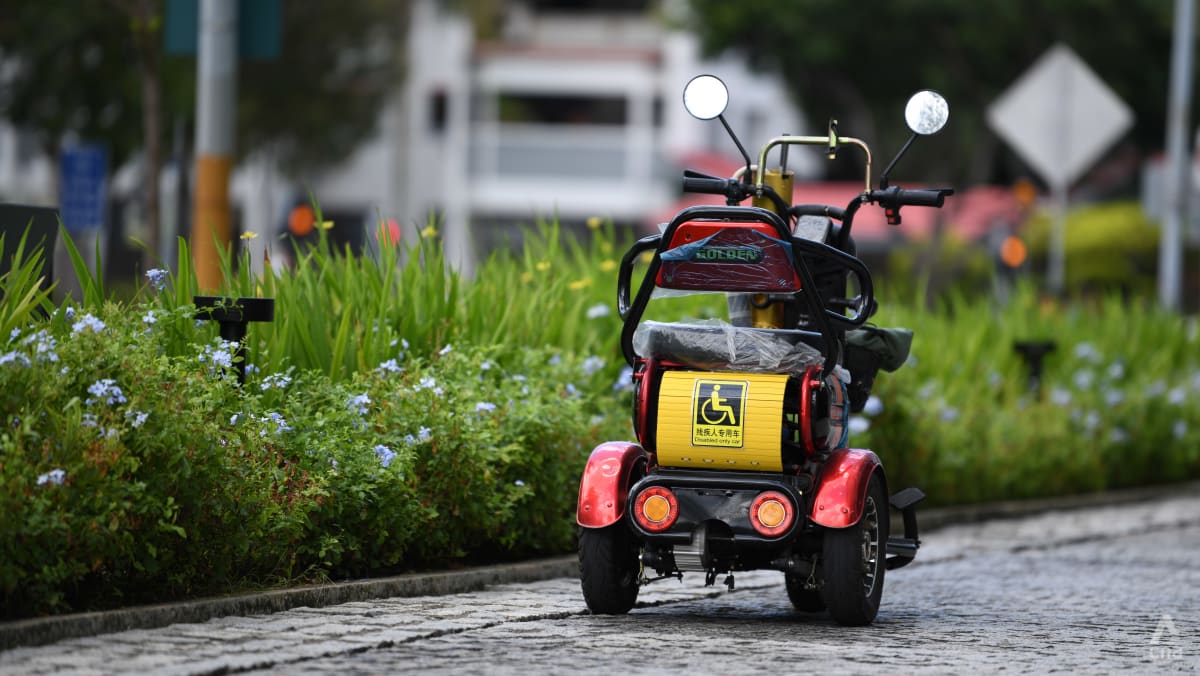ECONOMIC SAVINGS FOR COMPANY
When asked how cost-efficient it will be to have a hydrogen turbine rather than a regular gas turbine, Mr Ng said the Jurong Island power plant “may cost slightly higher” due to its capacity and function as a hydrogen-ready facility.
“But the efficiency you actually get out of this plant, plus the fact that it generates less carbon dioxide, will result in economic savings for the company,” he added.
“For example, if the efficiency is improved by 10 per cent, it means that your dollar per value from just pure efficiency gain can actually give you an improvement of about maybe 15 per cent thereabouts.”
Along those lines, Mr Ng said that the firm can also reduce its carbon emissions by 17 per cent on the dollar per megaton of electricity.
“With the savings in carbon tax that we have to pay, and also lesser fuel to generate the same unit of electricity, I believe there’ll be savings for the general public as a whole,” he added.
The upcoming plant will initially have the capacity to use up to 50 per cent hydrogen and 50 per cent natural gas for electricity generation. It can be retrofitted to be fully powered by hydrogen in the future.
In terms of jobs, Mr Ng said it is a “constant worry” for the company.
He noted that when a new plant comes up, the firm must ensure that new and competent workmen are ready to take on the job, while considering existing employees whose jobs will be made redundant.
To help those who were working at YTL PowerSeraya’s recently decommissioned open cycle gas turbine on Jurong Island, the firm has re-trained them to operate at the upcoming power plant, Mr Ng said.
“It’s actually very, very important for us that we try to minimise any potential disruption to the livelihood of our workers, by making sure that our workers are reskilled early, upskill early, so that they are all ready for the new plant,” he added.













